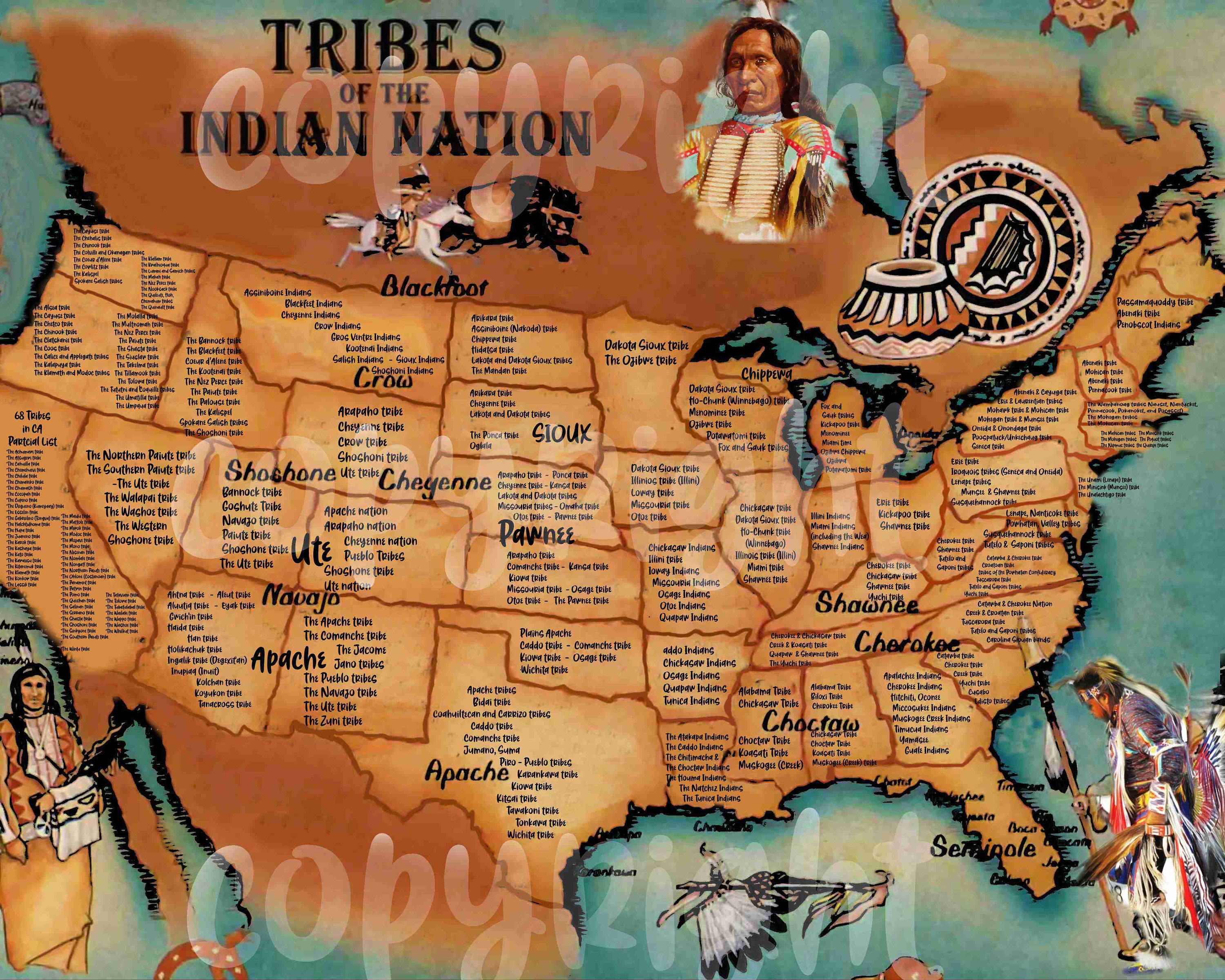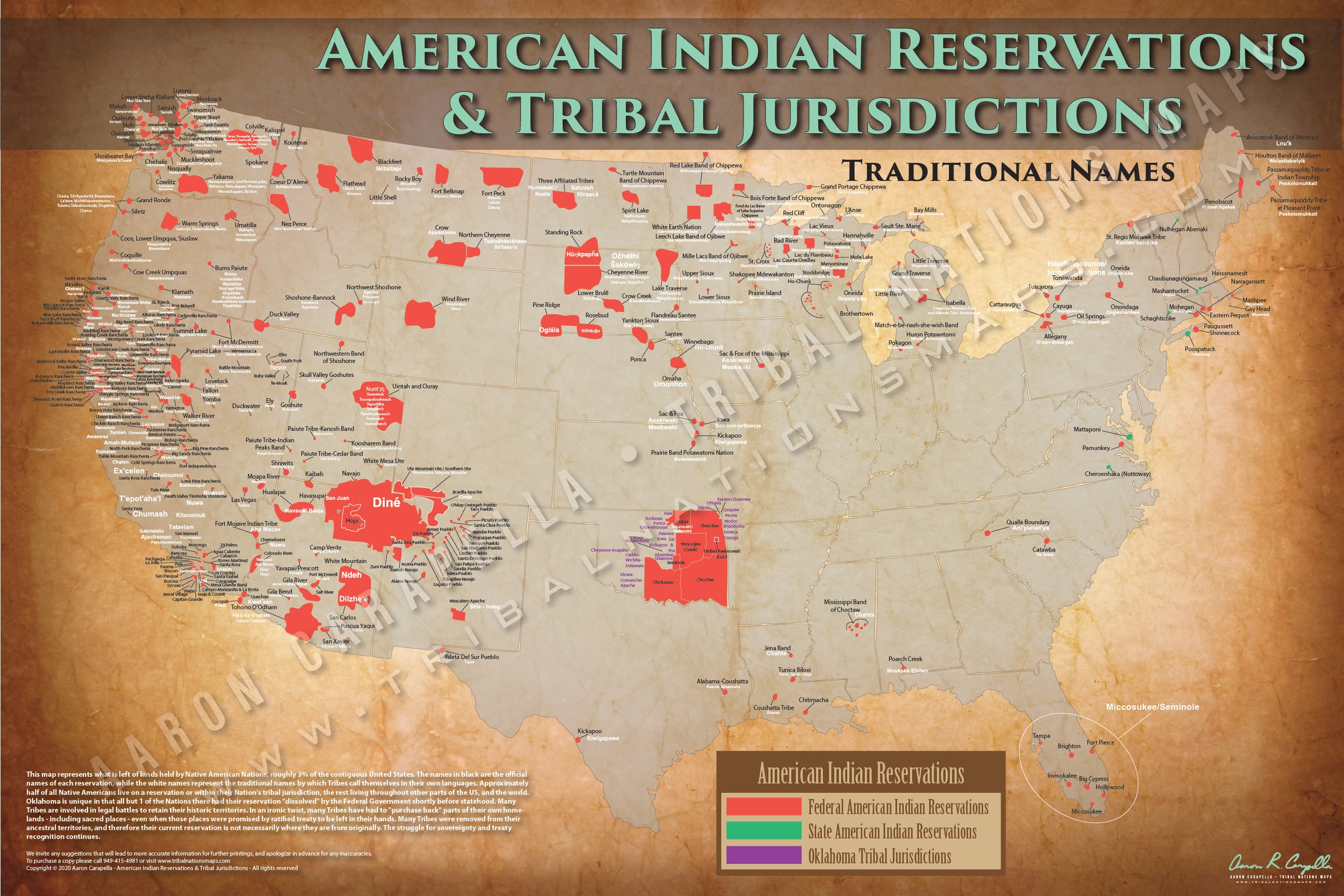
The Enduring Quest: Native American Tribes Reclaiming Ancestral Lands Through Legal Victories and Restorative Justice
The United States, a nation built on foundational myths of boundless opportunity, also harbors a profound historical injustice: the systematic dispossession of Native American peoples from their ancestral lands. For centuries, this dispossession, driven by Manifest Destiny, broken treaties, and discriminatory policies, severed the deep spiritual, cultural, and economic ties between Indigenous nations and their homelands. Yet, in a powerful testament to resilience and unwavering resolve, Native American tribes across the continent are now spearheading a significant movement to reclaim these territories. Through a complex tapestry of legal victories, legislative actions, and strategic partnerships, ancestral lands are slowly but steadily returning, marking a critical step towards justice, sovereignty, and environmental stewardship.
This is not merely a tale of historical grievance, but a vibrant narrative of resilience, legal ingenuity, and a profound cultural resurgence. The "Land Back" movement, as it is often termed, signifies far more than acquiring real estate; it represents the restoration of identity, the revitalization of traditional practices, and the reassertion of inherent sovereignty.
A Legacy of Dispossession: The Genesis of Loss
To understand the urgency and significance of land reclamation, one must first grasp the scale of historical loss. Prior to European contact, Native Americans managed and thrived on virtually the entire North American continent. The arrival of colonizers initiated a centuries-long process of land theft, often under the guise of treaties that were routinely violated.
The 19th century witnessed an acceleration of this dispossession. The Indian Removal Act of 1830 led to the forced relocation of countless tribes, most infamously the Cherokee Nation’s "Trail of Tears." Later, the Dawes Act of 1887, ostensibly designed to assimilate Native Americans, carved up communal tribal lands into individual allotments, selling off millions of "surplus" acres to non-Native settlers. This single piece of legislation resulted in the loss of nearly two-thirds of the remaining tribal land base – approximately 90 million acres – between 1887 and 1934. The subsequent "Termination Era" of the mid-20th century further sought to dismantle tribal governments and dissolve the trust relationship with the federal government, leading to additional land sales and the impoverishment of many communities.

For generations, Native nations experienced not just the loss of physical territory, but the erosion of cultural practices, economic self-sufficiency, and spiritual connection to the places where their ancestors had lived, hunted, gathered, and worshipped for millennia. The modern reclamation movement directly confronts this profound historical trauma.
The Paradigm Shift: From Compensation to Reclamation
For many decades, the primary avenue for addressing historical land claims was through financial compensation. While some tribes received substantial settlements, these monetary awards, however large, could never truly compensate for the irreplaceable loss of homelands that formed the very bedrock of their identity. As Shannon Keller O’Loughlin (Choctaw Nation of Oklahoma), CEO and Attorney for the Association on American Indian Affairs, aptly stated, "For many tribes, land is not merely property; it is a relative, a living entity that holds ancestral memory, cultural knowledge, and spiritual power."
This understanding has fueled a paradigm shift. While compensation remains relevant in certain contexts, the focus has increasingly moved towards the physical return of land. This involves navigating a labyrinthine legal and political landscape, utilizing a variety of strategies to restore tribal control over ancestral territories.
Legal Pathways to Restoration: A Multi-pronged Approach
Native American tribes employ several key legal and administrative pathways to reclaim their ancestral lands:
-
Fee-to-Trust Conversions: One of the most common and vital mechanisms is the "fee-to-trust" process. Under the Indian Reorganization Act (IRA) of 1934, the Secretary of the Interior has the authority to acquire land in trust for tribes. Land held in trust is sovereign territory, exempt from state and local taxation, and often crucial for economic development (such as casinos), housing, and the re-establishment of cultural practices. This process, however, is notoriously slow, complex, and often fraught with political opposition from local and state governments concerned about loss of tax revenue or jurisdictional issues.

A prominent example is the Mashpee Wampanoag Tribe in Massachusetts, whose ancestral lands are the site of the first Thanksgiving. After gaining federal recognition in 2007, the tribe spent years battling to have 321 acres placed into federal trust for their reservation. Despite initial approval, the Trump administration threatened to "disestablish" their reservation, a move that would have been devastating. A protracted legal and legislative battle ensued, culminating in a federal court decision upholding the tribe’s right to their land. This ongoing saga highlights both the potential of fee-to-trust and the persistent political hurdles tribes face.
-
Litigation and Aboriginal Tribes also pursue land claims through federal courts, asserting "aboriginal title" – the inherent right to land that has been continuously occupied by an Indigenous group since before colonization. While proving aboriginal title can be challenging, successful cases can result in the return of land or significant settlements.
The Wampanoag Tribe of Gay Head (Aquinnah), also in Massachusetts, achieved a landmark victory in 2017 when the Supreme Court ruled in their favor, affirming their right to operate a casino on their lands without state interference, stemming from a 1983 land settlement agreement. While not a direct "return" of vast swaths of land, this ruling underscored the tribal sovereignty over lands already recognized, setting an important precedent for other tribes.
-
Legislative Action: Congress can also play a direct role in returning land. Specific acts of Congress can transfer federal lands, often surplus or culturally significant parcels, into tribal trust. For instance, in 2020, Congress passed legislation returning 30 acres of ancestral land within the Grand Canyon National Park to the Havasupai Tribe, allowing them to manage a culturally sacred site.
-
Cooperative Agreements and Partnerships: Increasingly, tribes are forging partnerships with federal agencies, state governments, private landowners, and conservation groups to reclaim or co-manage ancestral territories. These agreements often focus on environmental restoration, cultural preservation, and shared stewardship.
The Yurok Tribe in Northern California has been a leading force in reclaiming and co-managing vast redwood forests and riparian zones. Through a combination of acquisitions and partnerships with state and federal agencies, they are restoring critical salmon habitats in their ancestral Blue Creek watershed. "Our salmon fishery is the lifeblood of our people," explained Yurok Tribal Chairman Joseph L. James. "Restoring Blue Creek is about restoring our culture, our food, and our future." Their work demonstrates how land reclamation directly benefits broader environmental goals.
Illustrative Victories: More Than Just Acreage
Beyond the legal mechanisms, specific examples underscore the profound impact of these victories:
-
Cherokee Nation and the Arkansas Riverbed: In a monumental 2020 Supreme Court ruling (McGirt v. Oklahoma), the court affirmed that a large portion of eastern Oklahoma, including Tulsa, remains within the historical boundaries of the Muscogee (Creek) Nation reservation. While this decision primarily reaffirmed criminal jurisdiction, it had ripple effects, validating the reservation boundaries of other Five Tribes, including the Cherokee Nation. This legal victory effectively restored sovereign control over millions of acres, including the highly valuable Arkansas Riverbed, impacting resource management, economic development, and cultural practices for the Cherokee Nation. It was a reaffirmation of treaty rights long ignored.
-
The Black Hills (Paha Sapa) and the Lakota Nations: Perhaps the most poignant example of an ongoing "reclamation" that defies conventional definition involves the Black Hills. In 1980, the Supreme Court ruled that the United States had illegally taken the Black Hills from the Great Sioux Nation, awarding over $100 million in compensation. Yet, the Oglala Lakota and other Sioux tribes have consistently refused the money, which has now grown to over $1 billion. Their stance is clear: "The Black Hills are not for sale." This refusal is a powerful assertion of inherent sovereignty and spiritual connection, demonstrating that for some tribes, land is priceless, and true justice means the physical return of their sacred Paha Sapa, "the heart of everything that is."
-
Elwha River Dam Removal (Lower Elwha Klallam Tribe): While not a direct land return, the largest dam removal project in U.S. history on the Elwha River in Washington state, initiated largely due to the persistent advocacy of the Lower Elwha Klallam Tribe, represents a monumental environmental and cultural reclamation. The removal of the two dams allowed the river to flow free for the first time in a century, restoring salmon runs and rejuvenating the tribal fishery, a critical component of their cultural identity and sustenance. This act restored a vital part of their ancestral territory’s ecological integrity.
Challenges and the Path Forward
Despite these victories, the path to reclamation is fraught with challenges. Political opposition, bureaucratic inertia, the immense cost of acquiring land, and the complexities of existing property rights all pose significant hurdles. Many returned lands are fragmented, making holistic management difficult. Climate change also presents new challenges, as tribes work to restore and protect lands facing unprecedented environmental shifts.
However, the momentum for land reclamation is undeniable. Growing public awareness, coupled with a renewed commitment to environmental justice and decolonization, is shifting the landscape. Universities, churches, and private entities are increasingly exploring ways to return ancestral lands or enter into co-management agreements.
The Profound Impact of Reclamation
The return of ancestral lands has far-reaching, transformative impacts:
- Cultural Revitalization: Land provides the space for traditional ceremonies, language immersion programs, and the practice of ancestral lifeways that were suppressed or lost.
- Economic Development: Trust lands allow tribes to develop sustainable economies, create jobs, and fund essential services for their communities, reducing reliance on external aid.
- Environmental Stewardship: Native nations are often at the forefront of conservation, employing traditional ecological knowledge to manage and restore ecosystems, benefiting all. As Nick Tilsen (Oglala Lakota), CEO of NDN Collective, states, "Indigenous people protect 80% of the world’s biodiversity with 5% of the world’s population."
- Sovereignty and Self-Determination: Land is the physical embodiment of sovereignty, empowering tribes to govern themselves and determine their own futures.
- Healing Historical Trauma: The act of reclaiming land is a powerful step towards healing the deep wounds inflicted by generations of dispossession and injustice.
The reclamation of ancestral territories is a powerful testament to the enduring spirit of Native American nations. It is a long, arduous journey, but one undertaken with unwavering determination. Each acre returned, each sacred site protected, each river restored, is not just a legal victory but a profound act of restorative justice, paving the way for a more equitable, sustainable, and respectful future for all. It is a vital chapter in the ongoing story of America, one where the promise of justice slowly begins to encompass those who were here first.